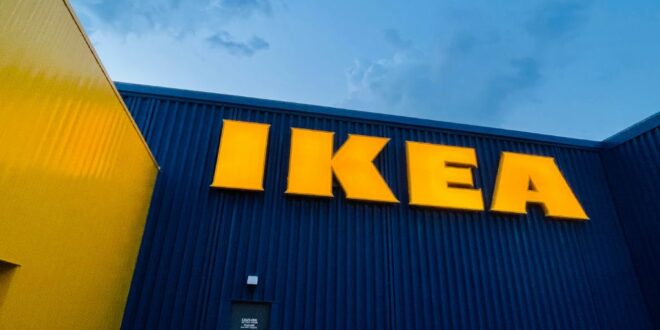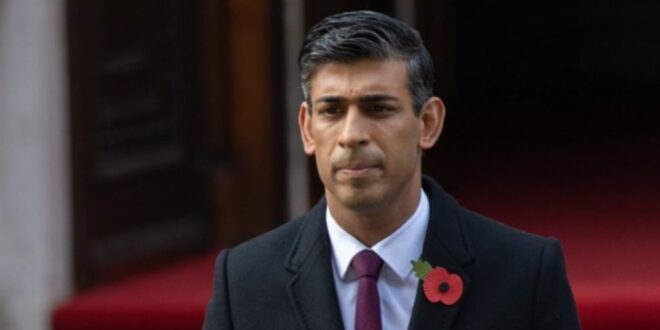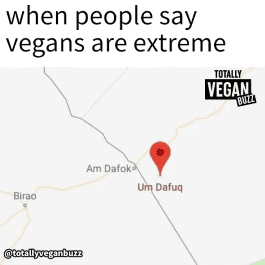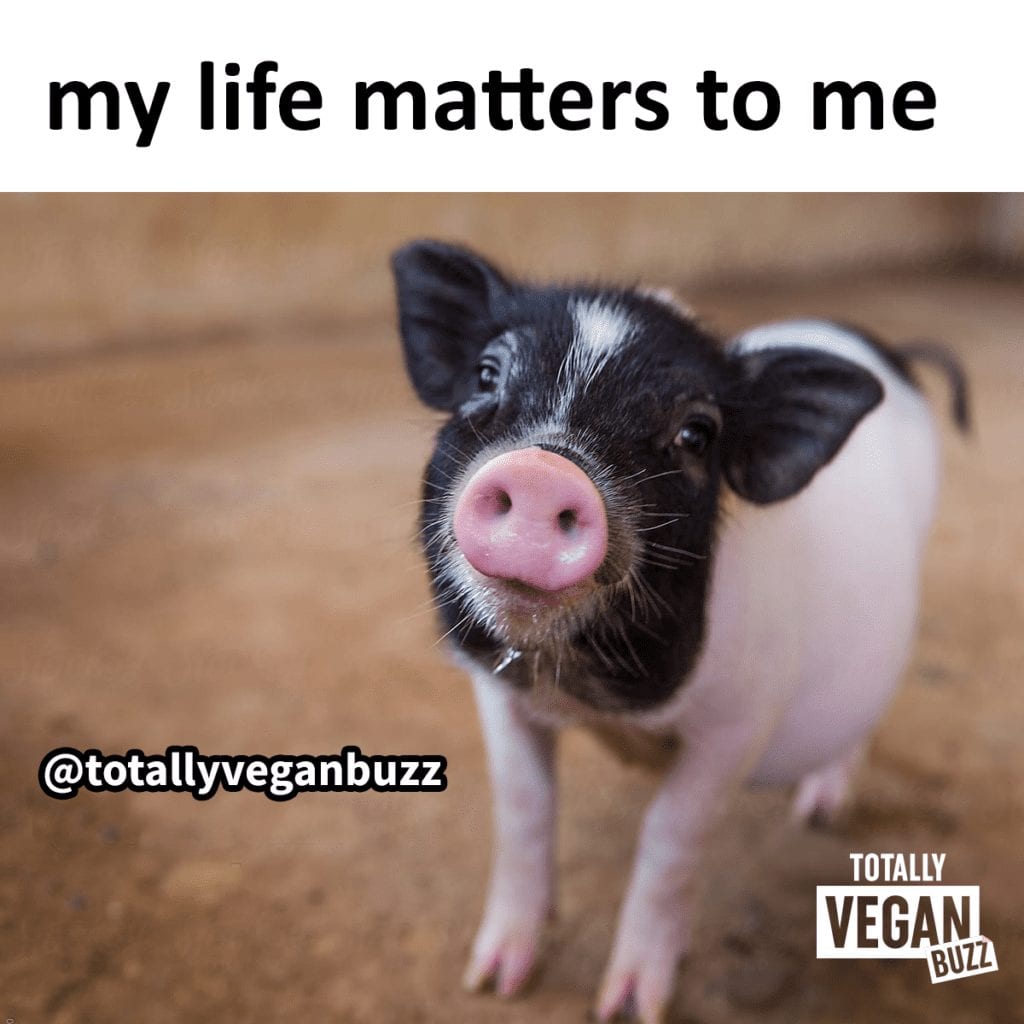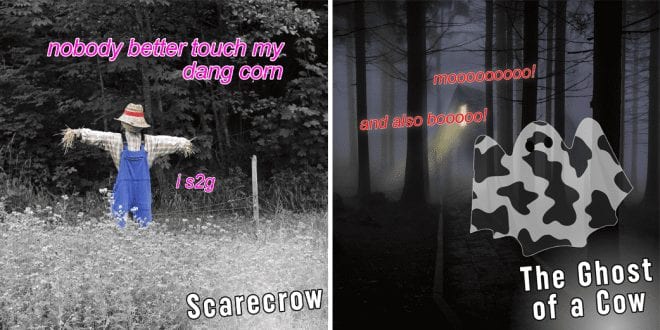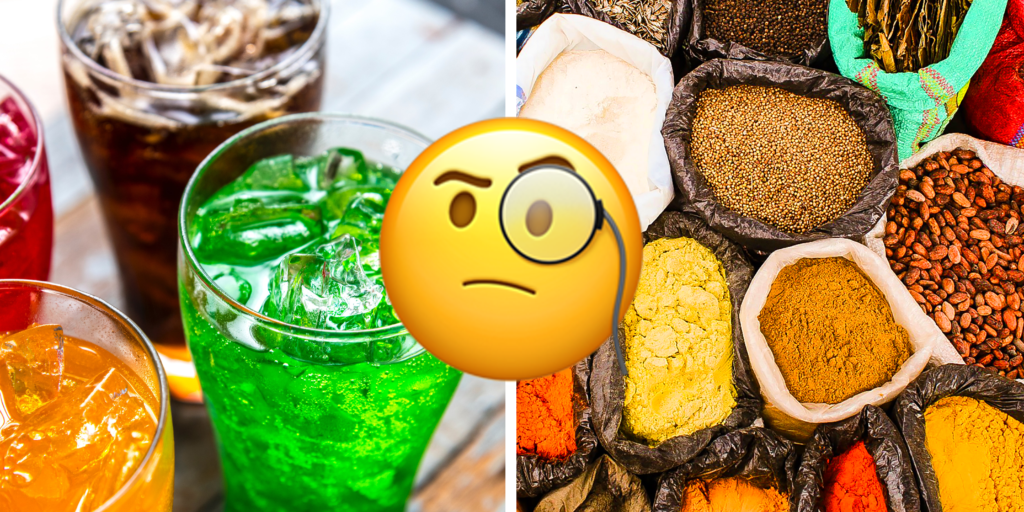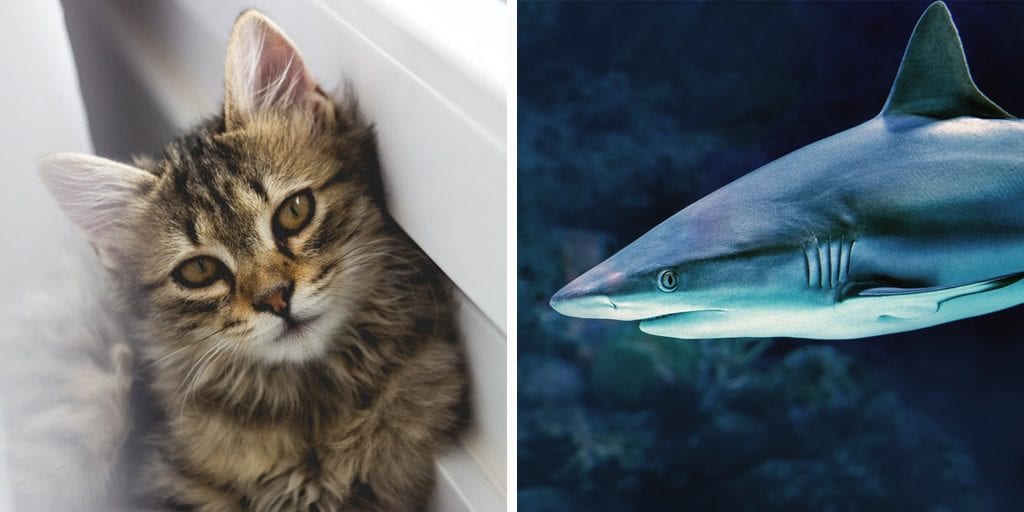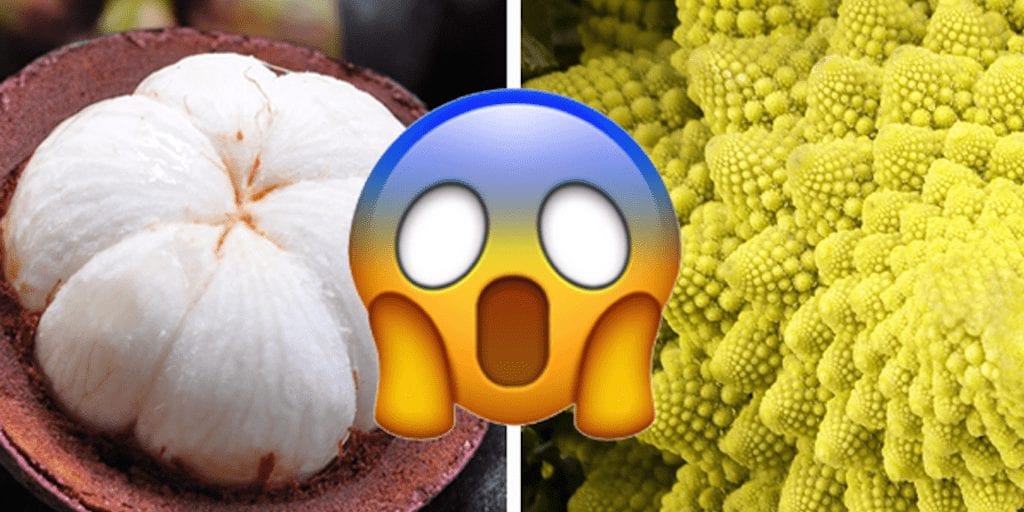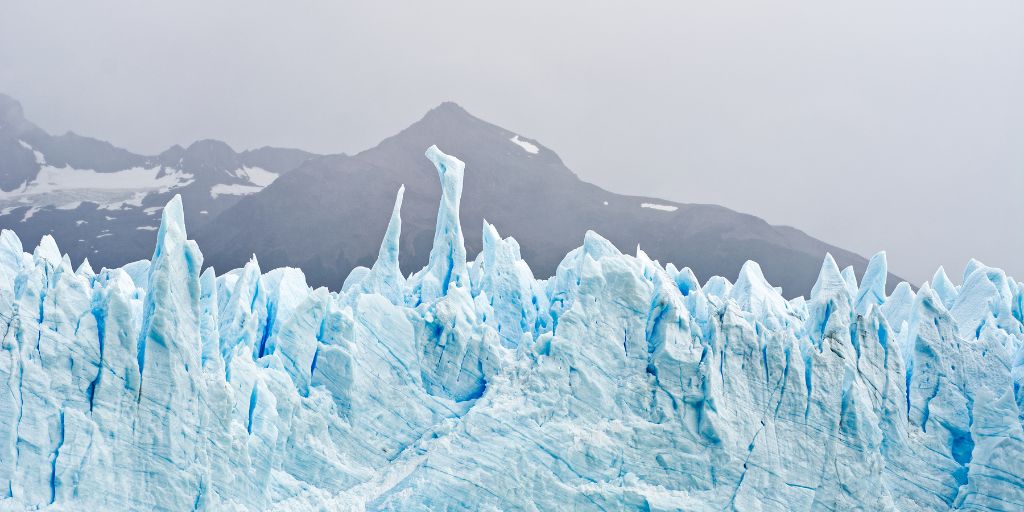
The report warned that water scarcity, flash floods and avalanches could threaten the lives of the two billion people downstream.
Himalayan glaciers, a vital source of water for almost two billion people, are melting at an alarming rate due to climate change, rendering communities vulnerable to unpredictable and costly disasters.
According to a report by the International Centre for Integrated Mountain Development (ICIMOD), the glaciers disappeared 65% faster from 2011 to 2020 compared with the previous decade.
“As it gets warmer, ice will melt, that was expected, but what is unexpected and very worrying is the speed,” lead author Philippus Wester told AFP.
“This is going much faster than we thought.”
‘Consequences too vast to contemplate’
The Hindu Kush Himalaya (HKH) glaciers feed 10 of the world’s most important river systems, including the Ganges, Indus, Yellow, Mekong, and Irrawaddy, and directly or indirectly supply food, energy, clean air, and income to 240 million and 1.65 billion people in mountainous and river valley regions respectively.
The Nepal-based ICIMOD noted that based on current emissions trajectories, the HKH glaciers could lose up to 80% of their current volume by 2100.
“With two billion people in Asia reliant on the water that glaciers and snow here hold, the consequences of losing this cryosphere (a frozen zone) are too vast to contemplate,” said ICIMOD’s deputy chief Izabella Koziell.
Need to act now
Urgent climate action is needed to mitigate the devastation, experts warn. They add that even limiting global warming to the 1.5 to 2.0 degrees Celsius agreed to in the Paris climate treaty will not be enough to prevent Himalayan glaciers from losing a third to a half of their volume by 2100.
“It underscores the need for urgent climate action,” Wester said. “Every small increment will have huge impacts and we really, really need to work on climate mitigation… that is our plea.”
The climate’s temperature has increased by 1.2 degrees Celsius since the mid-1800s and is causing devastating effects on the environment, leading to frequent and intense occurrences of extreme weather such as heatwaves, droughts, and violent storms.
Those who are most affected are the most vulnerable communities and the poorest nations of the world who have contributed the least to the release of fossil fuels that are responsible for this issue.
Dr Amina Maharjan, an ICIMOD migration specialist and one of the report’s authors, said: “The people living in these mountains who have contributed next to nothing to global warming are at high risk due to climate change.
“Current adaptation efforts are wholly insufficient and we are extremely concerned that without greater support, these communities will be unable to cope.”
‘Cryosphere worst affected by climate change’
Several other reports have found that the cryosphere is among the worst affected by climate change.
For instance, one report showed that Mount Everest’s glaciers have lost 2,000 years of ice in just the past 30 years.
“Once the ice melts in these regions, it’s very difficult to put it back to its frozen form,” Pam Pearson, director of the International Cryosphere Climate Initiative, who was not involved with the report said.
“It’s like a big ship in the ocean. Once the ice starts going, it’s very hard to stop,” she added.
“So, with glaciers, especially the big glaciers in the Himalayas, once they start losing mass, that’s going to continue for a really long time before it can stabilise.”
She further said that the climate crisis would further aggravate if the 1.5 degrees Celsius agreed to at the 2015 Paris climate conference falls through.
“I get the sense that most policymakers don’t take the goal seriously but, in the cryosphere, irreversible changes are already happening,” she said.
Share this story: Himalayan glaciers melting faster than predicted, putting two billion people at risk, study shows.
About The Author
Lifestyle
Vegan culture, food, beauty & more
Is Tobey Maguire vegan? Here’s what we know
- Mohsina Dodhiya
- 17th August 2023
Tobey Maguire often speaks about veganism and animal issues. Tobey Maguire, the actor best known for playing Spider-Man in the Sam Raimi trilogy, is a vegan. He has been a vegetarian since 1992 and became a vegan in 2009. A lifelong commitment to animal rights Maguire’s decision to go vegan was motivated by his love …
Continue reading “Is Tobey Maguire vegan? Here’s what we know”
Plant-based food jobs surge with 32% growth in just 3 months
- Mohsina Dodhiya
- 17th August 2023
The number of open jobs advertised in the plant-based industry increased by almost a third from April to July 2023, GlobalData reported. The plant-based food industry is booming, and this is reflected in the number of job openings in the sector. According to data from GlobalData, the number of open jobs advertised in the plant-based …
Continue reading “Plant-based food jobs surge with 32% growth in just 3 months”
VEGAN MEMES
NEED A LAUGH?
QUIZZES
All the quizzes you love to binge!
QUIZ: If you score 11/12 on this quiz, you’re a verified vegan food expert
- Marlon Farrugia
- 10th January 2020
How much vegan knowledge do you have stored away? Do you have to Google your way through a shopping trip, or do you have all the bad E-numbers memorised? Find out now with this quiz.
QUIZ: What is your perfect Vegan Halloween Costume?
- Marlon Farrugia
- 13th October 2019
Spook Season approaches. There will be ghosts, goblins, ghouls, and glucose. You need a costume, and you want to it to show off your personality, which means VEGAN. But what to choose? Take our quiz to find out your perfect outfit.
QUIZ: What kind of vegetable are you?
- Marlon Farrugia
- 26th September 2019
“If you were a vegetable, what kind would you be?” A question that has tormented humanity throughout the ages – until now. Read: QUIZ: If you score 19/20 on THIS quiz, you’re a Vegan God

